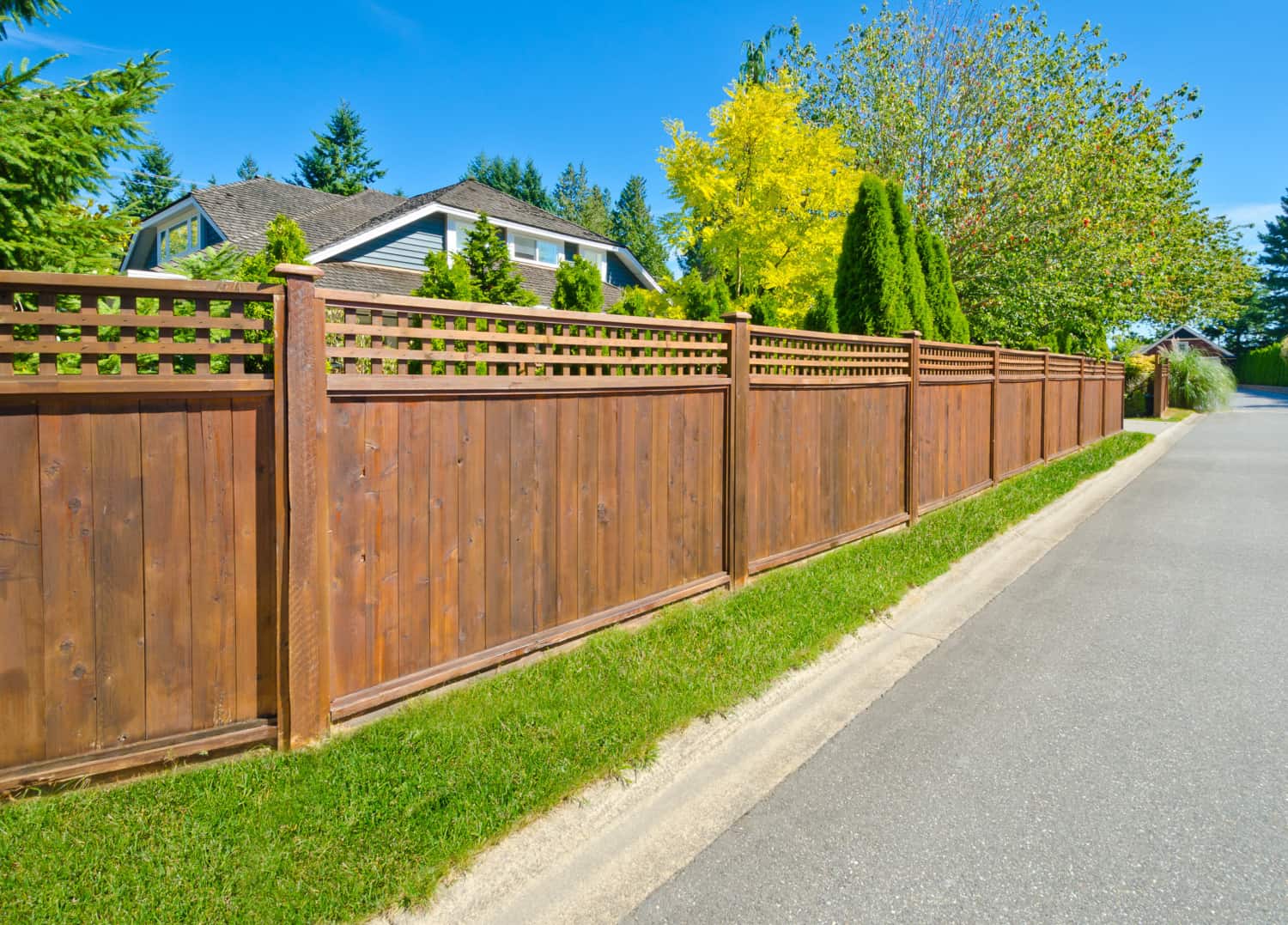All Categories
Featured

When thinking about installing a fence on your building, one of the most crucial actions is to understand whether you need a license. The specific authorizations needed can vary depending on your place, the kind of fencing you prepare to mount, and the elevation or positioning of the fencing.
Why You Required an Authorization for a Fence Setup. A fencing license is essential to make certain that the installment meets regional regulations. The permit process aids local authorities confirm that your fencing does not interfere with website traffic exposure, respect your property lines, or violate elevation limitations. It likewise ensures the security of the structure, so it does not posture a threat to you, your neighbors, or the general public. Setting up a fencing without an authorization can result in penalties, elimination of the fence, or delays in construction, so it's important to examine whether a permit is needed prior to starting your task.
Types of Permits You Might Need. There are a few typical sorts of licenses you may require for a fencing installment:
Building Permit. A structure authorization is one of the most common authorization required for fence setups. This authorization guarantees that the fence meets security standards and is built according to regional building codes. A structure license is commonly needed if the fencing goes beyond a certain height (often 6 feet), is made from specific products, or lies near a public sidewalk or road.
Zoning License. A zoning authorization might be required to confirm that your fencing adheres to local zoning regulations. Zoning laws can determine where a fence can be put on your residential property, exactly how high it can be, and whether it is permitted in specific locations (such as along residential or commercial property lines or ahead lawns) For instance, some municipalities have laws limiting the height of fences in the front yard to guarantee presence for pedestrians and vehicle drivers.

Setback Permit. If you are constructing a fence near your building line or close to a road, you may require an obstacle permit. A trouble refers to the distance a framework, including fences, have to be from the property line. Problem regulations vary by place, and ensuring that your fencing is placed properly can protect against conflicts with neighbors and avoid violations.
House Owner Organization (HOA) Authorization. If you reside in an area regulated by a House owner's Association (HOA), you may require approval from them along with local licenses. HOA guidelines commonly cover the type of products, height, style, and color of fencings. Even if your local government doesn't need an authorization, your HOA may still have specific standards that need to be complied with.
Exactly How to Request a Fence Authorization. To look for a fencing license, you'll require to call your neighborhood structure department or preparation workplace. The application procedure usually entails submitting a form, paying a fee, and submitting a website plan of your property that reveals the recommended area of the fence. You might additionally need to consist of details regarding the products, elevation, and design of the fencing.
Sometimes, a regional official might need to examine your residential property prior to authorizing the authorization. When the permit is granted, you will be accredited to continue with your fence installment.
When Is a Permit Not Needed? In certain scenarios, an authorization might not be required. These circumstances can consist of:
Low Height Fences: In several locations, fencings that are listed below a specific elevation (frequently 3 to 4 feet) might not need an authorization, specifically if they are placed in the yard or other non-visible locations.
Fence Substitute: If you're changing an existing fencing with the same elevation and product, some areas may not call for a brand-new permit.
Non-Obtrusive Fences: Attractive or short-term fences, such as those used for horticulture or landscaping functions, may not require permits as long as they are not permanent and reduced.
Nonetheless, it is very important to contact your local zoning workplace or building division, as laws can vary by jurisdiction.
Consequences of Not Acquiring a Permit. Failing to get the necessary authorizations can result in significant effects. These consist of fines, required removal of the fencing, and even hold-ups in construction. In addition, if your fencing does not meet local regulations, you can encounter lawful problems with neighbors or local authorities.

Conclusion. By ensuring that you adhere to local guidelines and acquire the required authorizations, you can make certain and stay clear of costly blunders that your fence is lawfully certified. Inspect with your neighborhood building department, HOA, and zoning workplace to determine what licenses are needed for your details fencing job.
Latest Posts
Uncover the Best Auto Repair Deals in Montclare, Chicago
Published en
1 min read
How to Know When Your Car Needs Skilled Auto Repair at Montclare Auto Repair
Published en
1 min read
The Benefits of Regular Car Maintenance at Montclare Auto Repair Reduces Costs
Published en
1 min read
More
Latest Posts
Uncover the Best Auto Repair Deals in Montclare, Chicago
Published May 27, 25
1 min read
How to Know When Your Car Needs Skilled Auto Repair at Montclare Auto Repair
Published May 27, 25
1 min read
The Benefits of Regular Car Maintenance at Montclare Auto Repair Reduces Costs
Published May 22, 25
1 min read